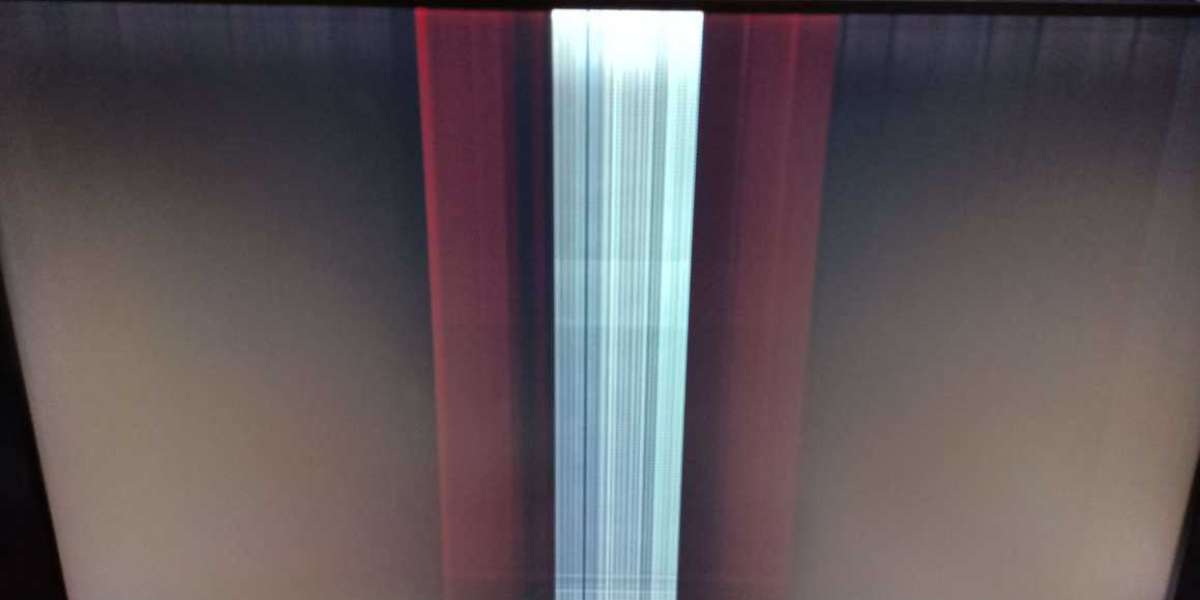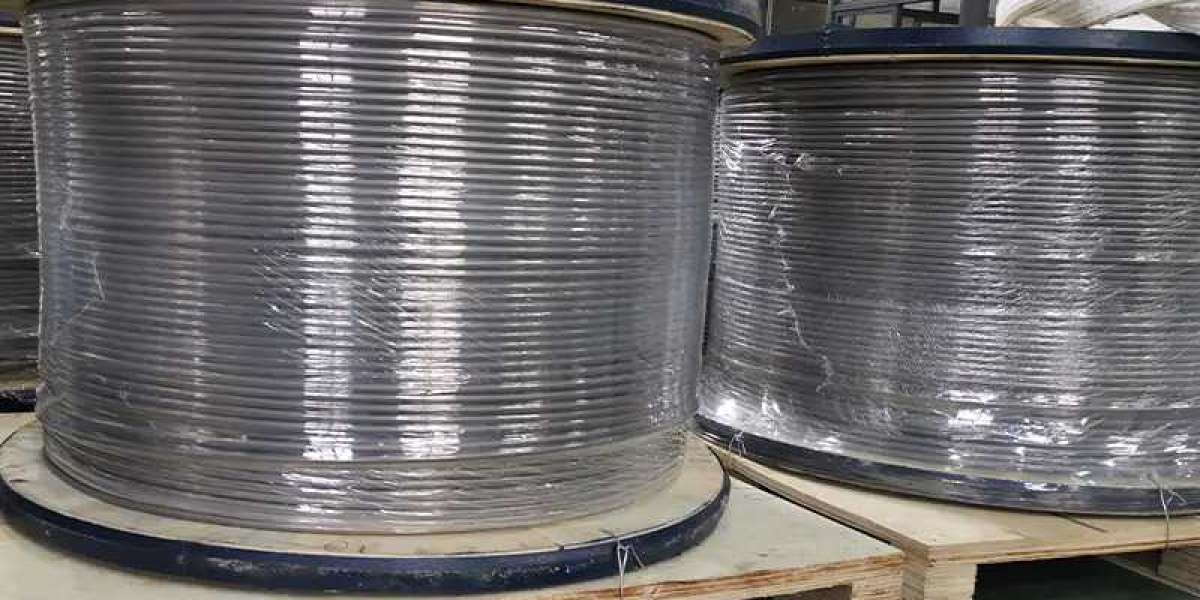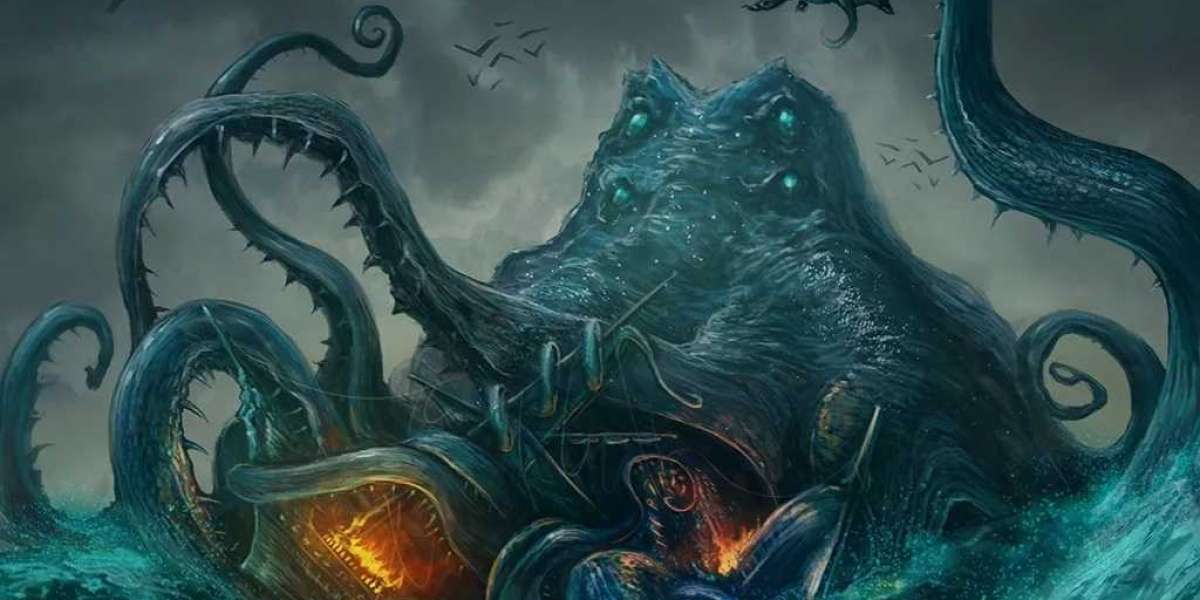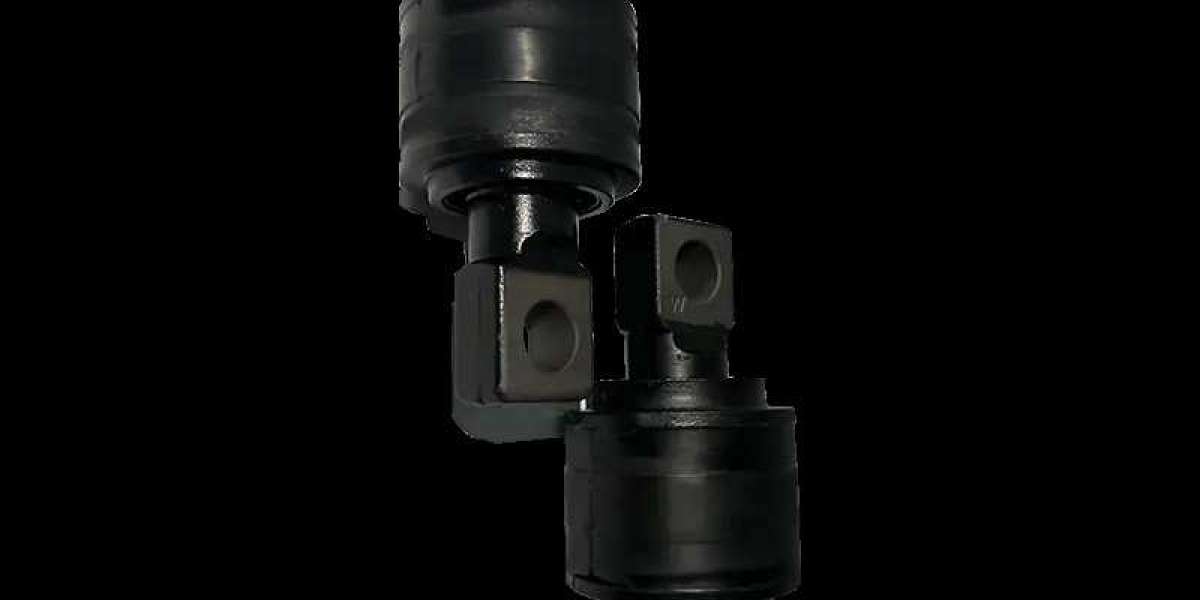As an indispensable and important basic material in the modern industrial field, is widely used in many key fields such as large-scale pipeline projects, water and gas transmission projects, urban pipeline network construction, municipal engineering, water supply and drainage projects, large-scale building steel structures, pile foundations, etc. Its performance and quality depend to a large extent on the advancement and maturity of the production process.
Big diameter welded pipe is mainly divided into two types: straight seam welded pipe and spiral welded pipe according to the difference in weld form. The weld of straight seam welded pipe is straight. During the production process, the steel plate or steel strip is bent and formed, and then welded by high-frequency welding or submerged arc welding. This kind of welded pipe production process is relatively simple, with high production efficiency, can achieve high output, and relatively low cost, which has significant advantages in projects with strict cost control. Straight seam welded pipe is slightly inferior to spiral welded pipe in terms of bearing pressure and bending force. The weld of the spiral welded pipe is spiral-shaped. The production process is to first roll the steel strip into a tube shape, then pre-bend the edge of the steel strip, and then press the edge of the pre-bent steel strip to form a circular weld of the pipe. After multiple welding processes, a complete spiral welded steel pipe is finally made. The strength of the spiral welded pipe is generally higher than that of the straight seam welded pipe. It can produce welded pipes with larger diameters with narrower billets, and can also produce welded pipes of different diameters with billets of the same width. It has excellent adaptability to pipe specifications. However, the production efficiency of spiral welded pipes is relatively low compared to that of straight seam welded pipes, which to a certain extent limits its large-scale and rapid production.
The production process of large-diameter straight seam welded pipes mainly includes two key links: forming and welding. In the forming stage, common methods include UOE, RBE, JCOE, etc. Taking the JCOE forming process as an example, the steel plate must first be pre-bent, and the edge of the steel plate must be formed into a specific curvature through a special mold to prepare for subsequent curling. Next, the steel plate is continuously bent step by step in a step-by-step manner, so that it gradually curls into a nearly circular tube billet. In this process, the bending angle and position of each step need to be precisely controlled to ensure the dimensional accuracy and roundness of the tube billet. Finally, the tube billet is finely formed to further correct the shape and size of the tube billet to meet the specified standards. The welding link plays a decisive role in the quality of large-diameter straight seam welded pipes. At present, automatic welding technology occupies a dominant position in the industry, and submerged arc welding is one of the more commonly used welding methods. During the submerged arc welding process, the welding wire is continuously fed, and an arc is generated under the flux layer to melt the welding wire and the base material to form a weld. This welding method can obtain a larger penetration depth, high weld quality, fast welding speed, and a relatively stable welding process, which can effectively reduce the occurrence of welding defects. Plasma welding is also used in some specific occasions. It uses the high temperature and high energy density of the plasma arc to quickly melt the weldment locally to achieve welding. The production of large-diameter spiral welded pipes is also inseparable from the two core steps of forming and welding. During the forming process, after the steel strip is uncoiled on the uncoiler, it is leveled by the leveler to ensure the flatness of the steel strip. Then, the steel strip enters the forming machine, under the action of the forming machine, the steel strip is gradually rolled into a tube shape. In this process, the curling angle and speed of the steel strip must be strictly controlled to ensure the accuracy and stability of the tube shape. When welding, spiral welded pipes generally use double-sided submerged arc welding technology. During the welding process, the front and rear welding wires are welded from the inside and outside of the pipe body respectively, and the welding area is covered with flux. This double-sided welding method can make the weld more solid and improve the overall strength and sealing of the welded pipe. Moreover, due to the simultaneous welding of both sides, the production efficiency is relatively high, which can meet the needs of large-scale production.
Although the production process of big diameter welded pipe has made great progress, it still faces some technical difficulties in the actual production process. For large-diameter thick-walled stainless steel welded pipes, the traditional JCOE preparation method is prone to defects such as uneven wall thickness, inconsistent opening, and insufficient roundness when producing "black materials". Severe cases may even lead to product scrapping, greatly affecting the yield rate. During the service process, large-diameter thick-walled stainless steel welded pipes may also have phenomena such as "running", "bubbling", "dripping" and "leaking". This is mainly because the production technology is not mature enough, which makes it difficult for product performance to meet the needs of extreme environments. In order to solve these problems, scientific researchers and enterprise technicians have conducted a lot of research and practice. In terms of forming technology, a series of precise control methods have been constructed based on the theories of neutral layer offset, bending springback, and Bauschinger effect of thick-walled plates. By studying the offset law between the stress neutral layer and the geometric center layer, it is possible to assist in predicting the amount of thinning of the tube wall and the amount of extension of the tube diameter in each pass during the bending process of the tube body, thereby achieving accurate width determination of the original blank. In-depth research has been conducted on the springback mechanism in the process of sheet bending and forming, and a method for effectively controlling the bending angle has been constructed. The average springback value is controlled at about 0.8% of the plate thickness, realizing the accurate prediction of the springback value after the plate blank is bent and unloaded, and effectively avoiding defects such as large weld opening and poor circumferential roundness during tube body forming. In terms of welding technology, we have developed intelligent recognition and tracking of welding pool and weld images, intelligent process control technology for weld formation, and full-process monitoring and dynamic optimization technology for weld quality. Through these advanced technologies, the accuracy of weld pool morphology recognition can reach 96.34%, and the accuracy of weld defect recognition and detection can reach more than 95%, which not only improves welding quality, but also reduces welding costs by more than 30%, while increasing efficiency by 10 times.
À propos
-
Devenez cette étoile ★ (bideew), faites de nouvelles rencontres sur la plus grande communauté en Afrique et partagez vos meilleurs moments avec vos proches
Recherche
Publications populaires
-
 Повысьте свой уровень образования: Купите дипломы любого уровня для расширения своих знаний
Повысьте свой уровень образования: Купите дипломы любого уровня для расширения своих знаний
-
 Üsküdar su kaçağı tespiti
Üsküdar su kaçağı tespiti
-
 Take a Rollercoaster Ride with Our Exciting Video Tonight!
Take a Rollercoaster Ride with Our Exciting Video Tonight!
-
 LES 9 TYPES D’ONCTION DANS LA BIBLE (Toute autre “ONCTION” vient du diable)
LES 9 TYPES D’ONCTION DANS LA BIBLE (Toute autre “ONCTION” vient du diable)
-
 Купить диплом с бесплатной доставкой: Успешное будущее на расстоянии одного заказа
Купить диплом с бесплатной доставкой: Успешное будущее на расстоянии одного заказа








